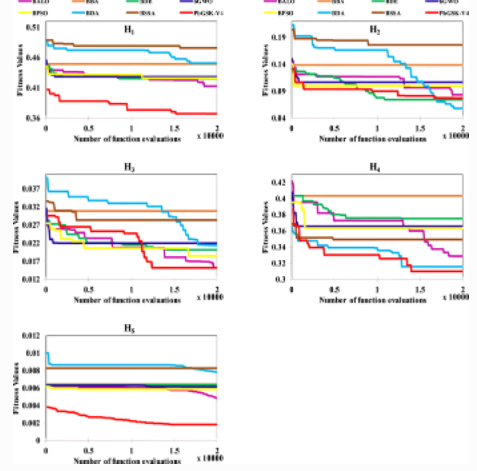Breadcrumb
Motion history of skeletal volumes and temporal change in bounding volume fusion for human action recognition
Human action recognition is an important area of research in computer vision. Its applications include surveillance systems, patient monitoring, human-computer interaction, just to name a few. Numerous techniques have been developed to solve this problem in 2D and 3D spaces. However 3D imaging gained a lot of interest nowadays. In this paper we propose a novel view-independent action recognition algorithm based on fusion between a global feature and a graph based feature. We used the motion history of skeleton volumes; we compute a skeleton for each volume and a motion history for each action. Then, alignment is performed using cylindrical coordinates-based Fourier transform to form a feature vector. A dimension reduction step is subsequently applied using PCA and action classification is carried out by using Mahalonobis distance, and Linear Discernment analysis. The second feature is the temporal changes in bounding volume, volumes are aligned using PCA and each divided into sub volumes then temporal change in volume is calculated and classified using Logistic Model Trees. The fusion is done using majority vote. The proposed technique is evaluated on the benchmark IXMAS and i3DPost datasets where results of the fusion are compared against using each feature individually. Obtained results demonstrate that fusion improve the recognition accuracy over individual features and can be used to recognize human actions independent of view point and scale. © 2013 Springer-Verlag.



